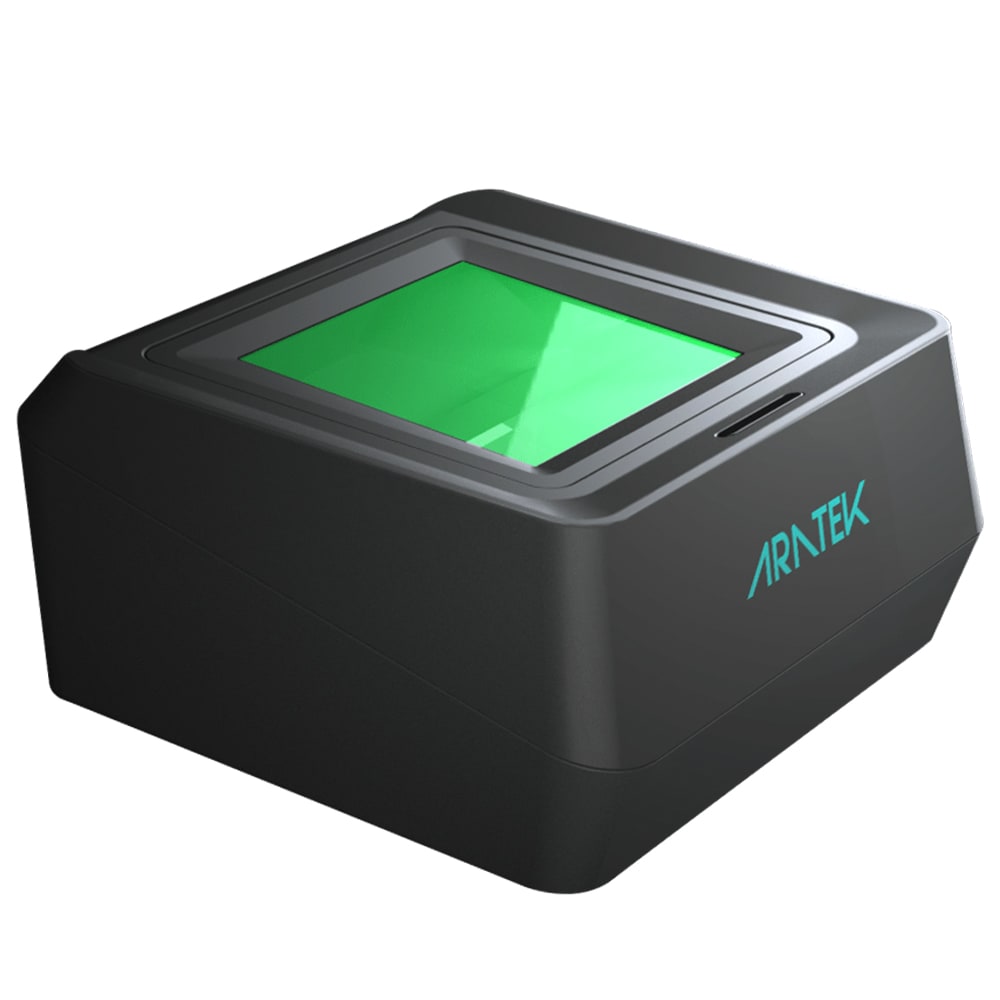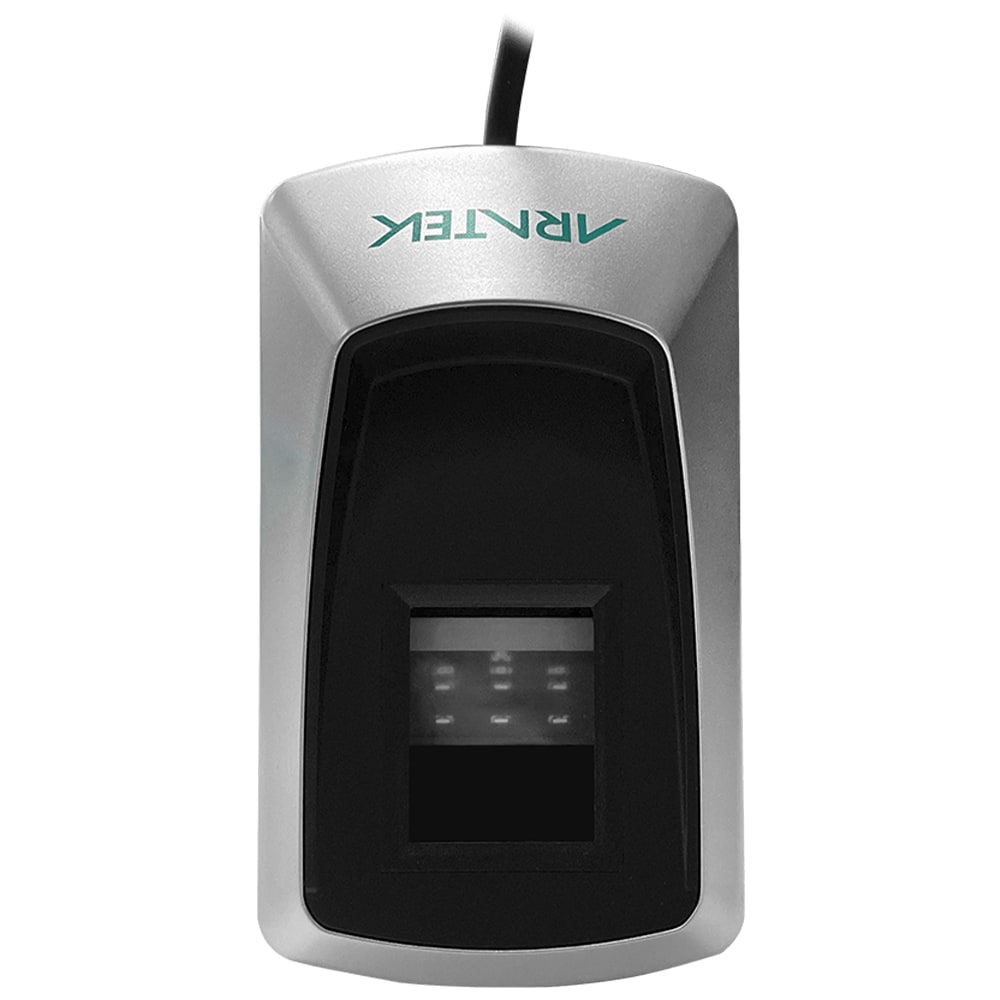
PRODUCT

Smarter Biometrics, Stronger Digital Identity.
VIEW ALL
product finder
solution
case study
support
Company

Identifying the World. Easily, Securely.


years of solid experience
20+
.jpg)
400+
customised projects



EN
.avif)

How can organizations ensure that the person requesting access is genuinely who they claim to be? Fraudulent attempts to steal sensitive information and impersonate identities are becoming more sophisticated, placing individuals and organizations at greater risk. Identity proofing emerges as the front line of defense, ensuring that a person's claimed identity matches their actual identity with precision and reliability. By combining advanced technologies like biometric verification, document authentication, and digital identity solutions, identity proofing establishes trust and prevents malicious actors from exploiting vulnerable systems. Let’s explore why identity proofing matters and how it’s revolutionizing the way we safeguard our personal and professional lives.
Identity proofing is the process of verifying that a person claiming an identity is indeed the individual they say they are. This multi-step process establishes trust by ensuring the user’s claimed identity matches their actual identity. It forms the backbone of credential provisioning and secure access to sensitive systems and services, safeguarding against fraud and unauthorized access.
The identity proofing process involves collecting and verifying personal identifying information (PII), such as government-issued photo IDs, biometric data, or other documentation. This verification ensures that a person’s identity is legitimate and that the same individual requesting access is the rightful owner of the claimed identity. The goal is to differentiate between legitimate users and malicious actors while maintaining a seamless user experience.
The significance of identity proofing lies in its ability to protect both individuals and organizations. It ensures the validity of a person’s identity in critical scenarios, such as opening a bank account, accessing internal systems, or conducting online transactions. Without robust identity proofing methods, the risk of identity fraud, data breaches, and compliance violations increases dramatically.
Identity proofing also enhances security posture by providing identity assurance. By confirming that the person presenting an identity document or undergoing biometric verification is the same person they claim to be, this process mitigates risks from fraud attempts and identity theft. Moreover, it plays a crucial role in compliance with regulations, such as anti-money laundering (AML) and data protection standards.
The integrity of the identity proofing process is vital. A poorly implemented system can lead to errors, security vulnerabilities, and a diminished user experience. To address these challenges, organizations employ stringent measures:
Through robust identity proofing solutions, businesses and institutions can verify identities with confidence while upholding privacy and compliance. This process not only protects sensitive data but also instills trust in users, making it a cornerstone of modern security practices.
The identity proofing process is a structured approach designed to verify a person's claimed identity through a series of precise and interconnected steps. Each step contributes to establishing confidence in the individual's identity, ensuring secure access to services and systems. Here’s a comprehensive breakdown:
Identity Resolution is the process of collecting data and organizing personal identifying information (PII) to establish a clear and distinguishable identity for the applicant. This step ensures that the individual presenting themselves can be uniquely identified. Key components include:
This foundational step creates the dataset required to move forward with validation and verification.
Once data collection and identity resolution is complete, the next step involves validating the collected information and evidence. Validation focuses on ensuring the authenticity and integrity of the provided data and documents. This includes:
After validation, the process advances to confirming that the person presenting the identity matches the resolved and validated identity. This step often involves advanced technologies to link the individual to their provided information. Key methods include:
This step bridges the gap between the claimed identity and the actual individual presenting it.
The final step in the identity proofing process involves resolving any remaining conflicts, making a definitive identity decision, and proceeding with the appropriate action. This can include:
If identity proofing fails, the applicant may be required to undergo additional checks or provide further documentation.
To optimize the identity proofing process, organizations often leverage advanced technologies:
These steps and technologies together ensure that identity proofing solutions are robust, reliable, and capable of meeting the stringent requirements of modern security environments.
Identity proofing can be tailored to meet the specific requirements of organizations, industries, and security levels. Each type of identity proofing method offers unique advantages and is often used in combination to achieve a higher level of identity assurance. Below are the key types of identity proofing, highlighting their features and applications.
Document-based methods rely on verifying the authenticity of physical or digital identity documents provided by the individual. These documents often include:
Verification tools analyze document security features, such as watermarks, holograms, or encoded data, ensuring the documents are genuine and unaltered.
Applications:
Used widely in financial institutions for account opening, customer onboarding processes, and compliance with anti-money laundering (AML) regulations.
Biometric proofing leverages unique biological traits that are difficult to replicate, ensuring high accuracy in identity verification. Common modalities include:
Biometric verification is often combined with liveness detection to prevent spoofing attempts.
Applications:
Ideal for secure access to sensitive systems, such as government services, healthcare portals, and online banking platforms.
Digital identity proofing leverages online data and digital identifiers to verify a person’s identity, ensuring accuracy and efficiency in remote interactions. This method often includes:
Applications:
Widely used for remote customer onboarding, digital identity verification, and secure online interactions.
This method validates identity by asking questions based on information only the user should know, such as:
While KBA provides a layer of security, it is increasingly seen as less reliable due to the risk of leaked data from breaches.
Applications:
Common in legacy systems for identity proofing during password recovery or account reset processes.
Behavioral proofing analyzes user behavior patterns to confirm their identity. This includes:
Behavioral proofing adds a continuous layer of identity assurance by monitoring users throughout their interactions.
Applications:
Often used in fraud prevention systems for e-commerce platforms and online financial transactions.
The choice of identity proofing method depends on factors such as:
By integrating multiple types of identity proofing, organizations can enhance both security and user experience, creating a robust system that adapts to evolving threats and needs.
Identity proofing plays a critical role in securing systems, preventing fraud, and maintaining trust. However, like any process, it has its advantages and limitations. Understanding both the benefits and challenges helps organizations implement identity proofing effectively and adapt to evolving security needs.
Identity proofing delivers significant benefits that make it indispensable in today’s interconnected environments:
Despite its many benefits, identity proofing also presents challenges that organizations must address to ensure a smooth and effective implementation:
To overcome these challenges, organizations can adopt the following measures:
By maximizing the benefits and addressing the challenges, identity proofing becomes a powerful tool for organizations to enhance security, ensure compliance, and foster trust in a rapidly evolving digital landscape.
Identity proofing has become an essential component of modern security practices, ensuring that individuals and organizations can trust the systems they interact with. By combining advanced technologies like biometric verification, identity document verification, and digital identity solutions, identity proofing offers a robust defense against fraud and unauthorized access.
Whether for customers opening bank accounts or employees accessing internal systems, undergoing identity proofing ensures that only legitimate users can interact with sensitive platforms. Its ability to enhance security, ensure compliance, and streamline user experiences makes identity proofing a cornerstone of trust in today’s interconnected digital world.
.avif)
Use our product finder to pinpoint the ideal product for your needs.
















